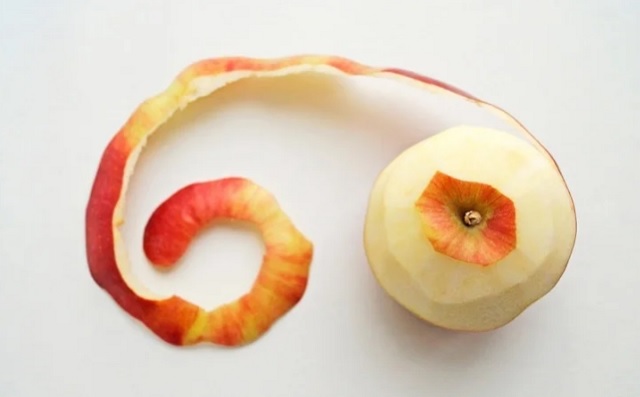
Fruit peels can often have more nutritional value than fruit pulp – Study
Kampala, Uganda | AGENCIES | Fruits are essential to a healthy diet as they contain high amounts of minerals, vitamins, dietary fibers, and other phytochemicals with health benefits. Regular consumption of fruits is known to reduce the risk of cardiovascular diseases, dementia, age-related diseases, and cancer.
Studies analyzing fruit nutrients have pointed out fruit peels can often have more nutritional value than fruit pulp. However, the suitability of fruit peel consumption depends on various factors, including nutrient content, amount of pesticide, microbial contamination, ease of peeling, and fruit texture.
Apple peel is a rich source of flavonoids and phenolic acids. Compared to apple pulp, apple peel contains higher amounts of dietary fibers, minerals, flavonoids and triterpenoids, and other phytochemicals with antioxidant and anticancer properties.
Pear peel contains high amounts of glucose, sucrose, citric acid, malic acid, quinic acid, caffeic acid, arbutin, flavanols, and phenolic acids. These compounds are known to have antioxidant, anti-inflammatory, anti-diabetic, and lipid-lowering properties.
A survey was conducted by a group of scientists in China to investigate the inclination of Chinese consumers toward consuming fruit peels.
The survey explored fruit peel consumption preferences of consumers across 28 provinces in China. The age range of the survey population was 15 – 70 years, with the majority of participants aged 18-25 years. The survey included three basic questions: preference for consuming fruits with peel, reasons for consuming peels, and factors influencing peel consumption.
The survey findings concluded that nutrient content and the presence of pesticides are the two major concerns of Chinese consumers who prefer to consume fruits with peel.
In the research published in the journal `Food Research International’, the scientists provided reasonable dietary recommendations for consuming fruit peels and discussed the methods of detecting and removing pesticides from fruit peels.
Nutritional value of some fruit peels
Peach peel contains high amounts of organic acids, vitamins, minerals, dietary fibers, phenolic acids, and flavonoids with high antioxidant and anti-inflammatory properties.
Grape peel contains high amounts of anthocyanins, tannins, terpenes, nitrogen-containing substances, and fatty acid substances. These compounds have potent antioxidant, anti-inflammatory, and anticancer properties.
Melon peel is a rich source of vitamins, dietary fibers, unsaturated fatty acids and their esters, cyclic ketones, aldehydes, anthocyanin derivatives, potassium, calcium, magnesium, and other mineral salts and phenolic compounds. These compounds have antibiotic and anticancer properties.
Lemons are citrus fruits and rich sources of vitamin C and dietary pectin. Lemon peel extract containing at least 70 kinds of volatile compounds has been found to have a strong antibacterial effect against Gram-negative bacteria. Kumquat peel is also a natural source of many bioactive compounds with antioxidant and lipid-lowering properties.
Persimmon peel contains high amounts of vitamins, polyphenols, and tannins. Persimmon peel extract is known to reduce the risk of high blood pressure, coronary heart disease, and type 2 diabetes.
Note, certain molecules found on fruit peels, including pathogenesis-related 10 (PR-10) proteins and lipid transfer proteins, can induce allergic reactions in some individuals. Peach peel can induce severe, life-threatening allergic reactions in allergic individuals, and immature persimmon can induce abdominal pain.
*****
Source: MNT
 The Independent Uganda: You get the Truth we Pay the Price
The Independent Uganda: You get the Truth we Pay the Price



